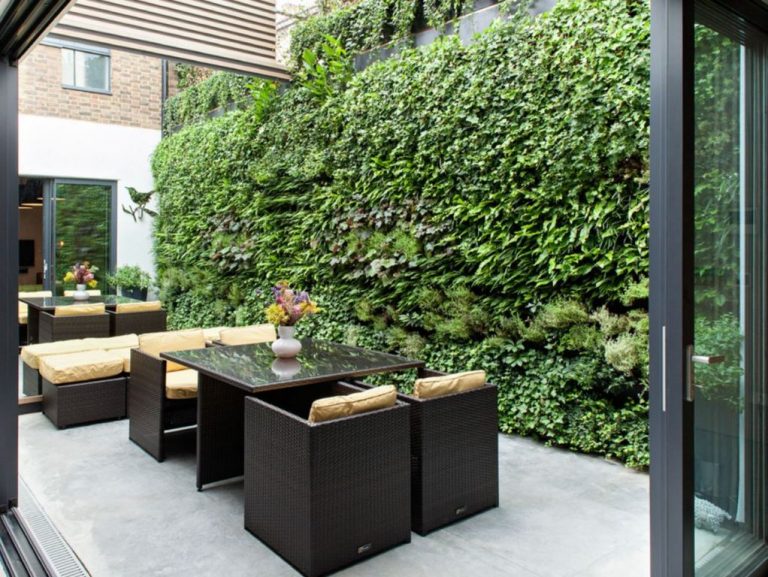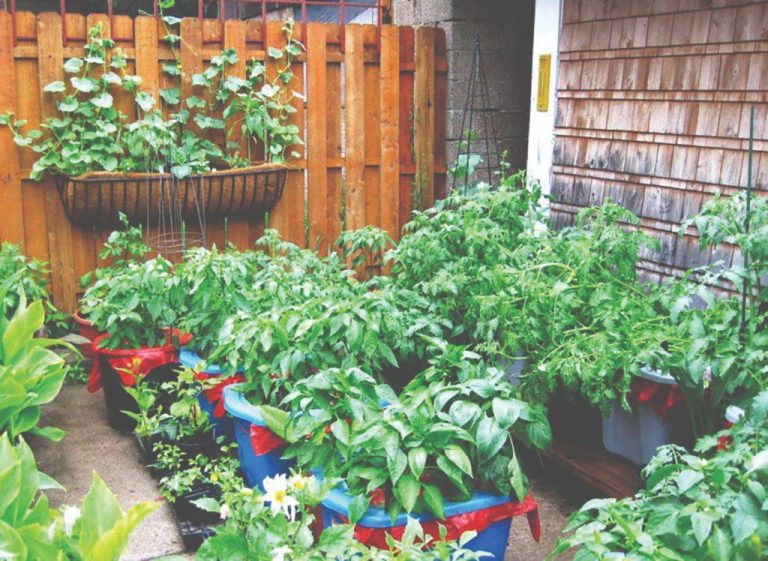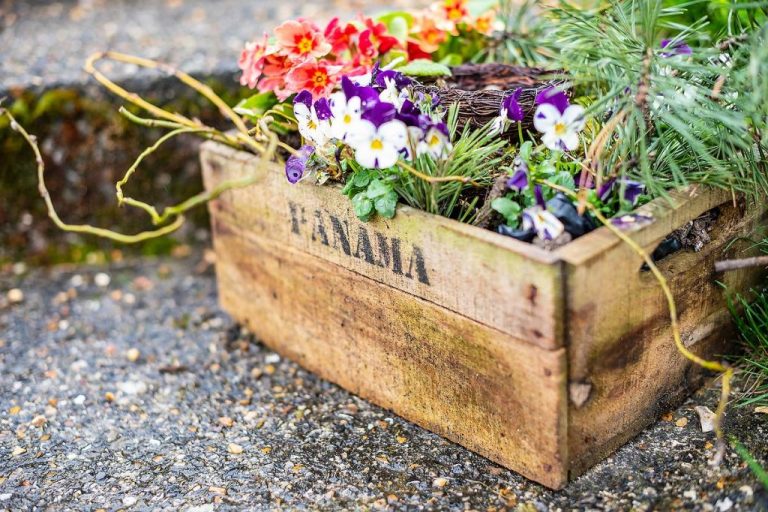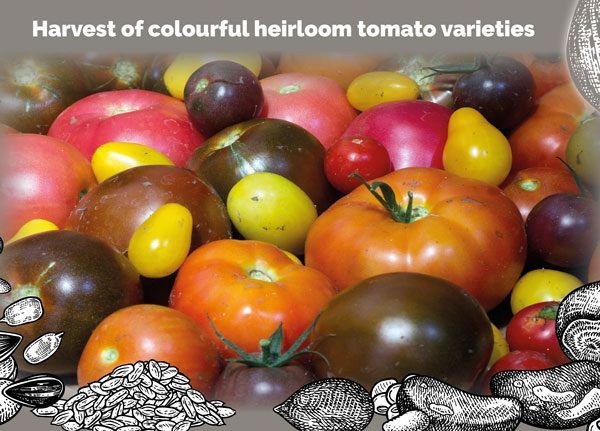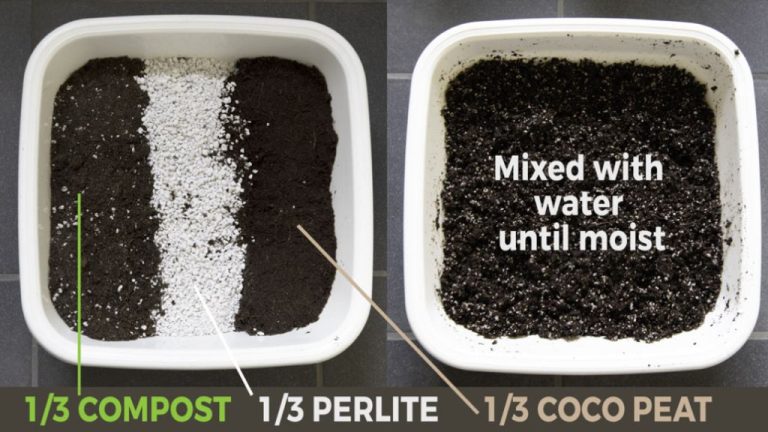Edible Landscaping For Urban Homes: Utilizing Every Inch
Edible landscaping refers to the practice of incorporating food-producing plants into ornamental landscapes (https://ediblelandscaping.com/). It involves selecting attractive, low-maintenance plants that provide harvestable fruits, vegetables, herbs, nuts, and berries. Edible landscapes allow you to grow fresh food while enhancing the beauty and sustainability of your outdoor space.
There are many benefits to edible landscaping. It allows you to make the most of every square foot by replacing ornamental plants with productive ones. You can grow organic food steps from your kitchen while adding visual interest and habitat for pollinators. Edible landscapes also promote self-reliance, community building, and a closer connection with nature (https://www.almanac.com/edible-landscaping-selecting-right-plants).
In this article, we will explore strategies for transforming urban yards into bountiful edible landscapes. Key topics will include assessing your space, selecting appropriate plants, building healthy soil, irrigation options, maintenance, extending the harvest, and ways to engage your community.
Assessing Your Space
The first step in creating an edible landscape is to carefully assess the outdoor space you have available. Take measurements of your yard, patio, balcony or roof deck to determine the total square footage you can utilize. Consider sunlight patterns throughout the day and identify which areas get full sun vs shade. This will allow you to select the right plants, as some edible varieties thrive in sunlight while others prefer shade.
Identify your USDA Hardiness Zone by using the Zone Finder tool at https://planthardiness.ars.usda.gov/PHZMWeb/. This will show your average annual minimum winter temperature which is crucial for choosing plants suited for your climate. Additionally, note things like wind patterns, proximity to reflective surfaces like walls or pavement, and exposure to the elements.
Sketch out a layout of your space including measurements. This bird’s eye view will help you plan where to place different edible plant varieties. Consider spacing needs for optimal growth and companion planting combinations.
Thoroughly assessing these key factors will get your edible landscape design started on the right foot.
Best Plants for Small Spaces
When space is limited, it’s important to choose edible plants that are compact, high-yielding, and well-suited for containers. Here are some excellent options for small urban gardens:
Herbs like mint, basil, and rosemary thrive in pots on a sunny patio or balcony. They provide flavorful leaves all season long, require minimal care, and many varieties are perennial.
Leafy greens like lettuce, kale, and spinach are fast-growing and can be densely planted in containers or raised beds. Successive sowing extends harvests. Many types will regrow after cutting.
Compact berry bushes like blueberries, strawberries, or dwarf raspberries produce abundant fruit yet take up little space. Train vines up fences or trellises.
Dwarf and espalier fruit trees allow for vertical growing while containing root systems. Favorites include dwarf citrus, apples, peaches, and cherries. With proper pruning and care, they yield full-sized fruit.
When pairing edibles in mixed plantings, ensure sun, water, and nutrient needs align. Herbs, greens, berries and fruit trees are excellent edible landscaping choices for urban homes with limited space.
Creative Solutions
With limited yard space, you need to get creative to maximize every inch for edible plants. Some innovative solutions for urban edible landscaping include:
Hanging planters – Add height and visual interest by hanging planters along fences, off of porches, or from overhead structures. Great for herbs, strawberries, leafy greens and more. Choose lightweight planters and use strong hooks.
Source
Vertical gardens – Utilize fences, walls, and trellises to grow vertically. This saves ground space while letting plants climb up. Use vertical spaces for vining crops like beans, cucumbers, tomatoes, and melons. Source
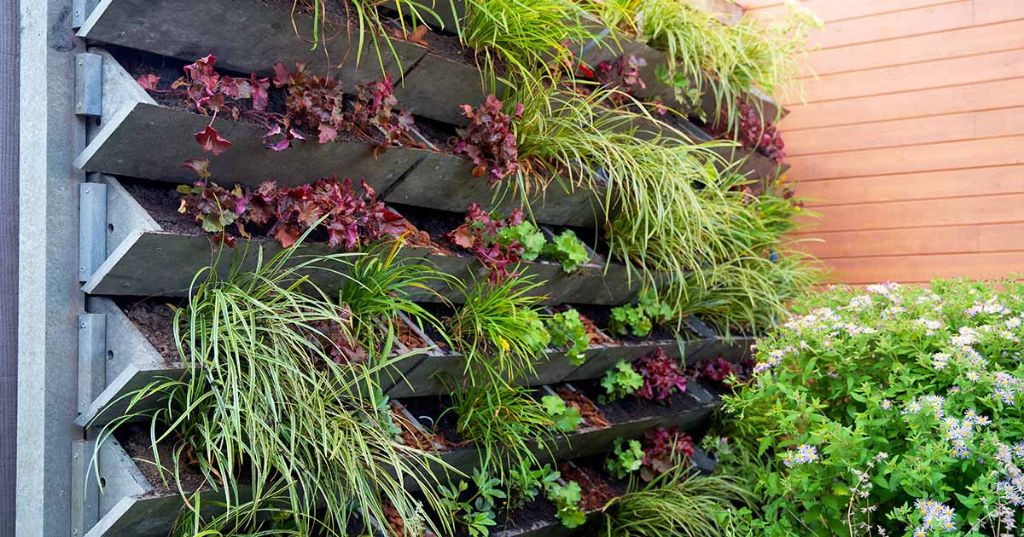
Window boxes – Planting window boxes lets you grow herbs and greens outside windows, on fire escapes, or on windowsills. Opt for shallow-rooted plants. Consider self-watering boxes. Get creative with materials like recycled containers.
Rooftop gardens – Unused rooftop space is prime real estate for planter boxes and container gardens. Enjoy vertical growing on rooftops and balconies. Select wind-tolerant plants or use windbreaks. Rooftop gardens allow urban dwellers to grow food and enjoy nature in the sky.
Soil Health
Creating healthy soil is essential for successful edible landscaping. Understanding your existing soil conditions and needs is the first step. Test the soil to determine the pH and nutrient levels. Most edible plants require a pH between 6-7.5. Heavy clay or sandy soils may need amendments like compost to improve drainage, increase nutrients, and promote microorganisms (EPA).
Based on the soil test results, add organic matter like compost, manure, or leaf mold to adjust the pH and replenish nutrients. Good soil should contain about 5% organic matter. Spread amendments over the garden area and till into the top 6-12 inches of soil (UNL).
Applying 2-4 inches of organic mulch like wood chips, leaves, or straw conserves soil moisture and suppresses weeds. Replenish the mulch annually as it decomposes. Avoid using landscape fabric, which prevents water and air from permeating the soil.
Watering Systems
An efficient watering system is crucial for a thriving edible garden. Drip irrigation targets the roots directly, reducing evaporation and waste. Kits are inexpensive and easy to install for beginners. Position drip lines under mulch near each plant’s base. Set a timer to deliver water for 20-30 minutes a few times per week, adjusting for weather. See this source for drip irrigation tips.
Rain barrels collect roof runoff, providing a free supplemental water source. Attach a hose to easily direct water to garden beds. Aim for 1-inch of water weekly for most edibles. Schedule morning watering to allow leaf surfaces to dry out before night, reducing disease. See this guide for scheduling recommendations.
Maintenance
Maintaining an edible landscape takes regular care and upkeep. The three main areas to focus on are weeding, pruning, and pest management.
Weeding is crucial, as weeds will compete with edible plants for water, nutrients and sunlight. It’s best to pull weeds regularly, especially when they are small and have shallow roots. Mulching around plants can help suppress weeds. Be sure to identify weeds carefully, as some may actually be edible plants sprouting in the wrong spot!
Pruning keeps trees and bushes shapely, removes dead branches, and encourages new growth and fruit production. Different edible plants have different pruning needs, so research when and how to prune each type. Generally, prune right after harvest, and always sterilize pruning tools between plants. Take care not to over-prune.
Pest management prevents critters like insects, birds and rodents from destroying edible plants. Start with preventative measures like row covers and fences. Identify pests properly before taking action. Often pests can be removed by hand or pruned away. As a last resort, use organic sprays and pest deterrents, targeting only affected plants.
Year-Round Growing
Growing edibles year-round is possible even in cold climates thanks to techniques like cold frames, greenhouses, and indoor growing. Cold frames are bottomless boxes with a transparent top that sits over your garden bed, protecting plants from cold temperatures while still allowing sunlight in. The transparent top acts as a mini greenhouse. Cold frames allow you to extend the growing season by several weeks on both ends. You can get started earlier in spring and keep gardening later into fall.
For growing all winter, consider investing in a greenhouse. Greenhouses come in many shapes, sizes, and styles – from small hobby greenhouses made of PVC pipe to large commercial greenhouses. Greenhouses maintain warmer temperatures year-round, allowing you to grow vegetables that normally couldn’t survive your winter. With heaters and grow lights, greenhouses allow for productive gardening no matter the weather.
You can also grow vegetables and herbs indoors during winter. Set up grow lights over a shelving unit or table to simulate sunlight. Try compact varieties of tomatoes, peppers, lettuce, kale, herbs, and more. Pay close attention to each plant’s water, nutrient, sunlight, ventilation, and temperature needs to help them thrive indoors.
Sources:
Year-Round Edible Gardening: Growing Vegetables and …
Community Building
Edible landscaping offers wonderful opportunities to build community connections. Sharing your abundance of fresh produce with neighbors is a great way to forge new relationships. Consider hosting canning or pickling workshops to teach preservation techniques. Invite neighbors, friends, and family to volunteer in the garden for a shared work day. Not only will they learn new skills, but working side-by-side tending the soil is a bonding experience. Form partnerships with local schools, senior centers, food banks, or places of worship to donate surplus vegetables and fruits.
According to Community Foodscapes (https://communityfoodscapes.org/), “Community food forests and orchards bring people together.” Their edible landscapes become hubs for community events and learning. “Workdays are opportunities for people from various backgrounds to work together towards a common goal.”
Get to know fellow gardeners in the neighborhood. Trade tips, seeds, tools, and plant divisions. Growing food can cultivate connections and nourish communities.
Conclusion
Successfully implementing edibles into your urban landscape takes planning and creativity. By following the steps outlined in this guide, you can transform even a small outdoor area into a bountiful and beautiful edible oasis. The key is choosing the right plants for your conditions, focusing on building healthy soil, installing efficient watering systems, and staying on top of maintenance. With a little effort, your edible landscaping will provide fresh ingredients and bring your community together.
The benefits of edible landscaping are immense. Not only does it allow you to grow your own organic fruits, veggies, and herbs steps from your door, it also makes efficient use of outdoor space in urban environments. It enhances biodiversity, reduces your food miles, and connects you to the broader food system. Edible landscaping allows anyone, even those without yards, to experience the joy and reward of growing their own food.
No space is too small to go edible. Get creative, start planning your edible landscape today, and enjoy the fruits of your labor!


